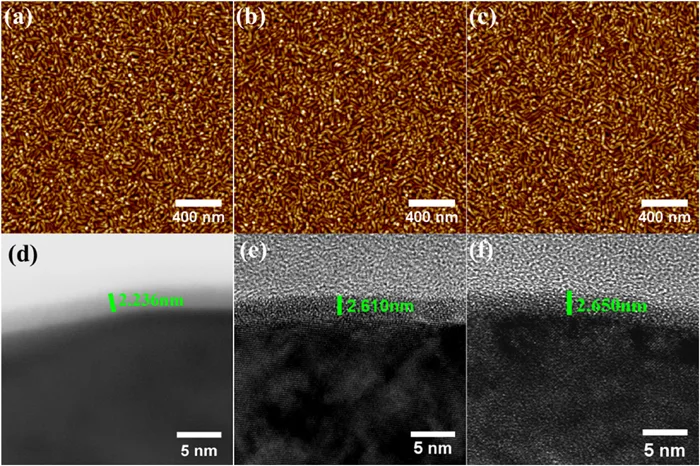Superconducting qubits, crucial for quantum computers, are negatively impacted by amorphous oxide layers, causing high dielectric loss and affecting their coherence time. Researchers from the Gusu Laboratory of Materials and the Vacuum Interconnected Nanotech Workstation NanoX Suzhou Institute of NanoTech and NanoBionics have found that an amorphous tantalum oxide layer on αTa 110 film is robust and stable, potentially increasing the coherence time of qubits. The team suggests using this oxide as passivation layers in an all-tantalum superconducting qubit, which could result in low dielectric loss and improved stability.
What is the Impact of Oxide Layers on Superconducting Qubits?
Superconducting qubits, the building blocks of quantum computers, are significantly affected by the presence of amorphous oxide layers. These layers can cause high dielectric loss, which in turn affects the coherent time of the qubits. Typically, the surface oxides of superconductor films exhibit lossy and unstable behavior when exposed to air. To increase the coherence time, it is essential for qubits to have stable and low dielectric loss oxides, either as barrier or passivation layers.
In a study conducted by Zengqian Ding, Boyi Zhou, Tao Wang, Lina Yang, Yanfu Wu, Xiao Cai, Kanglin Xiong, and Jiagui Feng from the Gusu Laboratory of Materials and the Vacuum Interconnected Nanotech Workstation NanoX Suzhou Institute of NanoTech and NanoBionics, the researchers highlighted the robust and stable nature of an amorphous tantalum oxide layer formed on αTa 110 film. This oxide layer forms in a self-limiting process on the surface of αTa 110 film in piranha solution, yielding stable thickness and steady chemical composition.
How Does This Oxide Layer Affect the Performance of Qubits?
The researchers made quarter-wavelength coplanar waveguide resonators to study the loss of this oxide. One resonator has a Q iof 30 106in the single photon region. The Q iof most devices are higher than 20 106. Moreover, most of them are still over 1 106even after exposed to air for months. Based on these findings, the researchers propose an all-tantalum superconducting qubit utilizing such oxide as passivation layers, which possess low dielectric loss and improved stability.
What is the Significance of Superconducting Quantum Computing?
Superconducting quantum computing has gained substantial experimental progress over the last two decades. It is now one of the leading candidates to build a fault-tolerant quantum computer. Arute et al achieved quantum supremacy in 2019 with a chip of 53 Xmon qubits. To demonstrate real quantum advantage, the quality and quantity of qubits need to increase simultaneously. In recent years, the coherence time T 1 of Transmon qubits on plane surface has increased to hundreds of microseconds due to the improvement of material quality and fabrication methods.
What are the Challenges in Improving the Performance of Qubits?
It is believed that most lossy channels emerged in the material growth and device fabrication processes. Specifically, the dielectric loss arises from three interfaces: the amorphous oxide layer at the superconductor-air (MA) interface, the amorphous oxide layer at the substrate-air (SA) interface, and the amorphous layer at the superconductor-substrate (MS) interface. Substrate cleaning, epitaxial film growth, and subsequently etching method for the qubit fabrication can improve the MS interface. However, the amorphous oxide layers in the MA interface are inherent with material properties and hard to manage.
How Can the Performance of Qubits be Improved?
Sustained efforts have been made to reduce the loss of the MA interface. Verjauw et al discovered that removing the niobium (Nb) oxides can increase the internal quality factor Q i by half magnitude. Other groups also found that passivation of the superconductor surface can improve the quality of the devices. Furthermore, because of the excellent performance of αTa film devices, the research and surface treatment of Ta films have progressed. These studies show that the surface oxides of Ta film are a major source of two-level system losses, especially some of these suboxides, and that these losses can be reduced by chemical etching.
Publication details: “Stable and low loss oxide layer on α-Ta (110) film for superconducting qubits”
Publication Date: 2024-02-26
Authors: Zengqian Ding, Boyi Zhou, Tao Wang, Lina Yang, et al.
Source: Journal of vacuum science and technology
DOI: https://doi.org/10.1116/6.0003368

